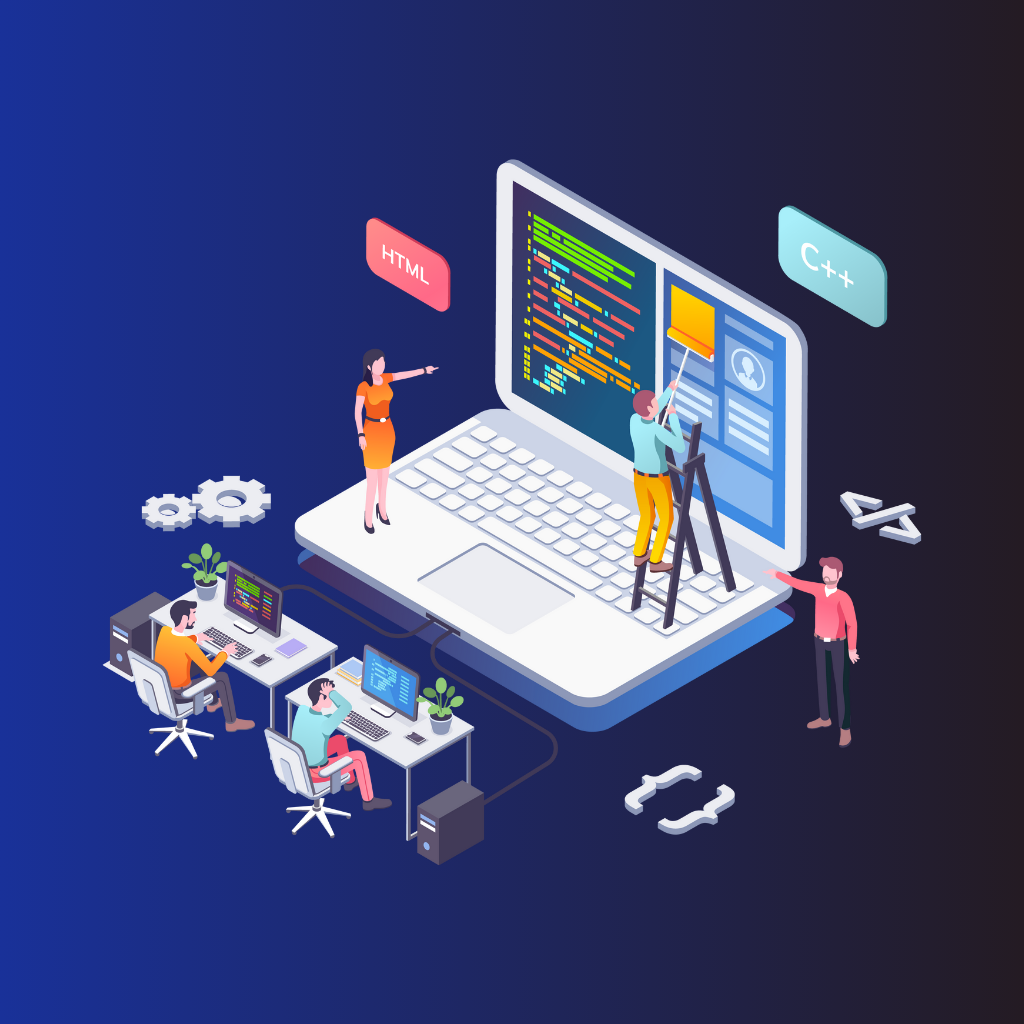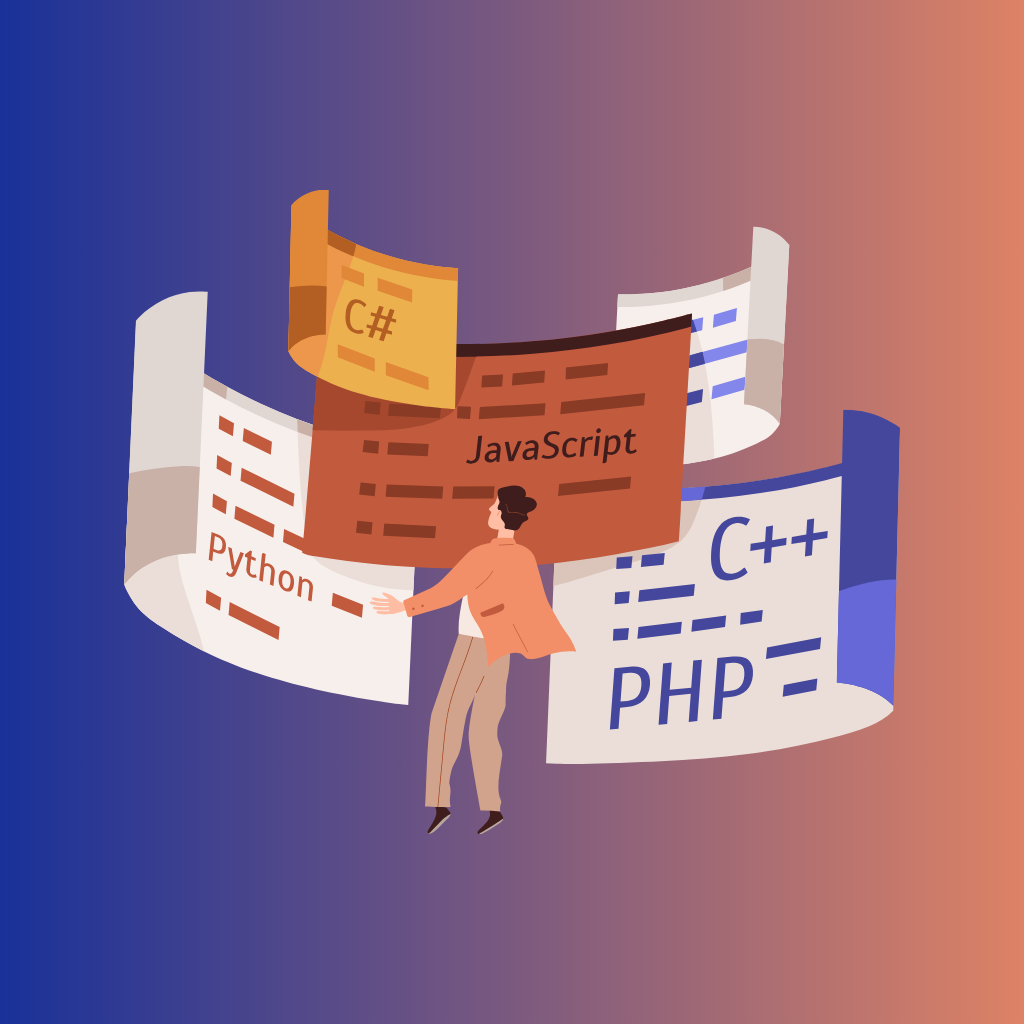The relevance of mobile app development is largely growing in today's digital world. The relevance is growing, with business enterprises and individual people continuously relying more on smartphones and tablets. Today, apps have become part of an increasingly vast number of industries, ranging from retail, finance, healthcare, and entertainment. And this trend has also contributed to the increase in the market for consumers and developers. So, therefore, the reason for understanding mobile app development has become pertinent.
Below, I will discuss some of the most important programs found in use within the mobile app development process. Of course, I will take into account the tools of native and cross-platform development software, design, and backend services, but also database management solutions, APIs, and testing tools. This guide is to help you get it right as professionals in the tech industry and even as tech enthusiasts, for the right process of app development.
I. Development Platforms
Native Development:
- Android Studio: This is the major development environment in building Android applications. It offers support for both Java and Kotlin languages. In addition, it is packaged with a built-in emulator, allowing users to test and debug the same immediately in order to see the performance of the app on actual devices. It also provides a number of design tools, including layout editors and a vector asset tool, to design an aesthetic interface without any hassles.
- Xcode: Apple's iOS app development platform, supporting both Swift and Objective-C, thus giving developers an opportunity to choose the language they want. It is also integrated with an interface builder to assist in a drag-and-drop way of creating UI elements, hence making the design process easier and faster. In addition, Xcode integrates with the App Store in such a way that it is easy for the developer to do testing and even publish the apps.
Cross-Platform Development:
- React Native: Based on JavaScript, React Native is a framework through which developers can build applications that will work the same on both Android and iOS. Its component-based architecture allows high reusability of code, saving efforts and development time. Besides, it has a greater community of developers, and there's a lot of support and plugins available out there to make development easy.
- Flutter: Made by Google, Flutter is based on Dart. One standout feature is its "Hot Reload," which allows developers to preview changes without re-running the app and thus losing time in the cycle of development. In addition, Flutter also contains an enormous list of pre-built widgets that help create interfaces even for the most complicated ones quite rapidly.
II. Design Tools
Figma: Figma is a cloud-based tool that empowers teams of designers and developers to work together in real time. It involves interactive design, allowing users to create flexible interfaces, making prototyping easy and envisioning how the app may operate in real life. Figma has incredibly robust UI asset management, enabling consistent elements and styles to be reused throughout the project without splintering the design effort.
Adobe XD: Part of the Adobe suite of creative tools, Adobe XD is a digital experience platform that provides tools for both interface design and prototyping. It allows linking pages and their elements together so that one can navigate through the application and its various parts, enabling the designer to create a detailed mock application. Generally, Adobe XD integrates well with other Adobe software, ensuring smooth workflows, especially for users already accustomed to the Adobe ecosystem.
Sketch: In 2010, interface designers got access to a new tool from Sketch. Its interface design capabilities include text styles, vector editing, and reusable components to assist in creating very elaborate and polished designs. It's full of extra plugins that extend its base functionality, add features, and, most importantly, allow for better and easier collaboration between team members working on more complex projects.
III. Backend Services
Firebase: This is basically a set of Google-backed services used primarily in the development of mobile apps. The set consists of a real-time database that assures instantaneous data synchronization in clients, ensuring a hassle-free running of applications. On the other hand, Firebase has strong authentication services with multi-sign-in options, such as Google, Facebook, and email/password. This means that in the backend, it is supported by its cloud functions, which enable developers to write and deploy backend code without necessarily having to manage servers, thus easing the app's infrastructure.
AWS: Amazon Web Services (AWS) hosts a large number of cloud service offerings and continues to be a favorite for any backend service that must be integrated during application development. AWS provides scalable databases, including Amazon RDS and DynamoDB, guaranteeing efficient storage of data and its accessibility. It also provides S3 storage, which ensures the storage and safe retrieval of files, allowing apps to effectively manage media and assets. Moreover, AWS offers an API Gateway service, which easily helps create, deploy, and manage APIs while making integration with other AWS services easy in the formation of a complete backend solution.
Azure: Azure is Microsoft's comprehensive cloud services platform designed for app development. It contains databases like Azure SQL Database and Cosmos DB, with structuring and NoSQL options. It also provides Blob Storage for large files and unstructured data held by them, ensuring the applications have reliable storage options. Moreover, using its cloud functions, Azure supports realizing the serverless architecture in the development of backend logic, with less effort and ready solutions for the app backend.
IV. Database Management
SQLite: SQLite is an on-device, very lightweight database solution to be used within mobile applications. It presents one of the simplest yet very effective means of storing structured data, so that an application can keep track of, for instance, user information, application settings, and records indispensable to it. One of the greatest capabilities of SQLite is its fast data query, allowing efficient retrieval of data without compromising application performance. It has minimal installation requirements and can integrate into many mobile platforms, making it a popular choice for developers deploying a database with minimum effort.
MongoDB: MongoDB is an open-source NoSQL database solution that enables developers to store any kind of data. It offers flexible data schemas, allowing storage from the most diverse types of data without having to adjust to the "rigidity" required by classical relational databases. MongoDB's document-based storage makes it perfect for retaining app content, logs, and user-generated data for access and easy scalability. This flexibility ensures that MongoDB can cater to changing data requirements as an app grows.
MySQL: MySQL is a popular and widely used SQL-based database management software. It offers data integrity features to ensure information is uniform and accurate, making it suitable for applications dealing with sensitive data. MySQL's ability to perform complex querying and manage data relations makes it fit for applications that require managing interconnected data sets. Its wide support and integration options offer developers the capability to produce safe and competent database solutions for their applications.
V. APIs and SDKs
Google APIs: These constitute a complete range of APIs that remain very useful to an Android app developer. Most notable among them are the Maps API, which allows one to integrate any map from static to interactive, while the Location Services API enables pinpoint geolocation and accurate tracking functions of an app. Additionally, the Google API offers developers integration with Calendar and YouTube, enabling developers to enhance their applications with those features and others from the Google ecosystem.
Apple SDKs: SDKs created by Apple are a software development kit that gives a full set of tools for linking various frameworks and services with an iOS app. ARKit allows app developers to create powerful augmented reality (AR) features with the ability to deliver immersive experiences to apps. It integrates with health and fitness data, allowing apps to work directly with the Apple Health app. Core ML (Machine Learning) also uses pre-trained models, allowing the app to offer machine learning features from image recognition to natural language processing.
Third-party SDKs: With a couple of third-party SDKs, developers can add more capabilities to the platform. Stripe and PayPal are some of the payment service providers offering secure and simple ways of transacting over the internet, which is ideal for e-commerce incorporation. Social media SDKs like Facebook and Twitter offer easy sharing and user authentication. The app also brings out analytic tools with the help of Google Analytics and Mixpanel. These are oriented for app usage and user behavior, thus guiding the developer in making more precise decisions to better the performance and experience of the app.
VI. Testing and Debugging Tools
Browser DevTools: These are a set of integrated tools built within web browsers that allow developers to inspect elements in web applications for functional and design consistency. In addition, this includes network analysis capabilities, enabling the developer to monitor and debug network requests and responses, which is important in web-based applications. Moreover, the console logging tool provides insights into the behavior of the apps, helping to find and patch potential issues at the earliest.
Postman: Postman is an all-in-one kind of tool used in the testing of APIs. This eases API testing by allowing developers to simulate requests and responses, ensuring the APIs function. It provides developers with an interface that can be used to create and manage test cases when executing tests against API endpoints and when exchanging data. Moreover, it has collaborative features, allowing teams to share test collections, making the testing process streamlined and consistent.
Appium: Appium is an open-source, cross-platform mobile UI test automation framework, with full support for native and hybrid apps. This enables developers to create test scripts imitating user activities, ensuring the correct functioning of the application across multiple devices and OS. Its multi-language support for other programming languages such as Java, Python, and JavaScript opens the door for developers from diverse coding backgrounds. This, coupled with its flexibility and extensibility as an open-source tool, makes Appium a helpful tool for testing mobile applications.
VI. CI/CD Pipeline
- Jenkins: Jenkins is the leading tool used in the industry for DevOps capabilities, including an automated build and deployment pipeline, which makes the developers' work light regarding app releases. It has a plugin system that provides the flexibility of integration with all kinds of development tools, from version control systems to testing frameworks, allowing a powerful CI/CD workflow. Jenkins helps reduce manual intervention and speeds up the process of building and deployment, offering a more reliable cycle of app development.
- GitHub Actions: CI/CD workflows are built right into the version control system. Developers can set up workflows triggered by code changes, automating tasks such as building, testing, and deployment. This tight integration with GitHub's version control greatly aids in tracking changes and ensures consistency throughout the development cycle, reducing chances of errors and providing a smooth transition from code to release of the application.
- Bitrise: The Bitrise CI/CD platform is geared towards mobile technologies, with a focus on automated testing and deployment for mobile app developers. It provides detailed workflows for smooth integration of the app build and testing with a variety of development tools, enhancing efficiency. Bitrise's mobile-focused approach is compatible across different app stores, including Android and iOS, allowing developers to manage releases across platforms. This all-in-one solution helps minimize time and effort in getting apps into the hands of users.
To cut the long story short, that is how the mobile development process looks: full of different necessary programs and tools, all of them playing an essential function in the creation of successful applications. Android Studio, Xcode, React Native, and Flutter are applied at the base to develop both native and cross-platform applications, thus maintaining a balance between performance and flexibility. Besides, tools such as Adobe XD, Figma, and Sketch allow designing the interfaces faster and in the most attractive way for the user to perceive and use the app.
The services behind provide support for the storage and processing of data through Firebase, AWS, and Azure, which provide solutions with ease of scalability. Database management solutions like SQLite, MongoDB, and MySQL afford different approaches to the storage and management of app data, catering to varied data needs.
The APIs and SDKs of Google, Apple, and third-party providers contribute to enabling features such as maps, social media sharing, and analytics on the app. Testing and debugging tools such as Browser DevTools, Postman, and Appium ensure the app functions correctly, identifying and resolving issues early in the development cycle. Finally, CI/CD pipelines from Jenkins, GitHub Actions, and Bitrise automate the build, test, and deployment process, ensuring a streamlined and consistent workflow.
Keeping the project within scope makes it more important to choose the right set of tools suitable for successful and efficient app development. New tools and technologies are dynamic in every sense for the world of mobile app development. This will encourage developers and entrepreneurs to become lifelong students, explore new opportunities, and get to know industry trends that will help build the much-needed quality applications to serve them effectively.






